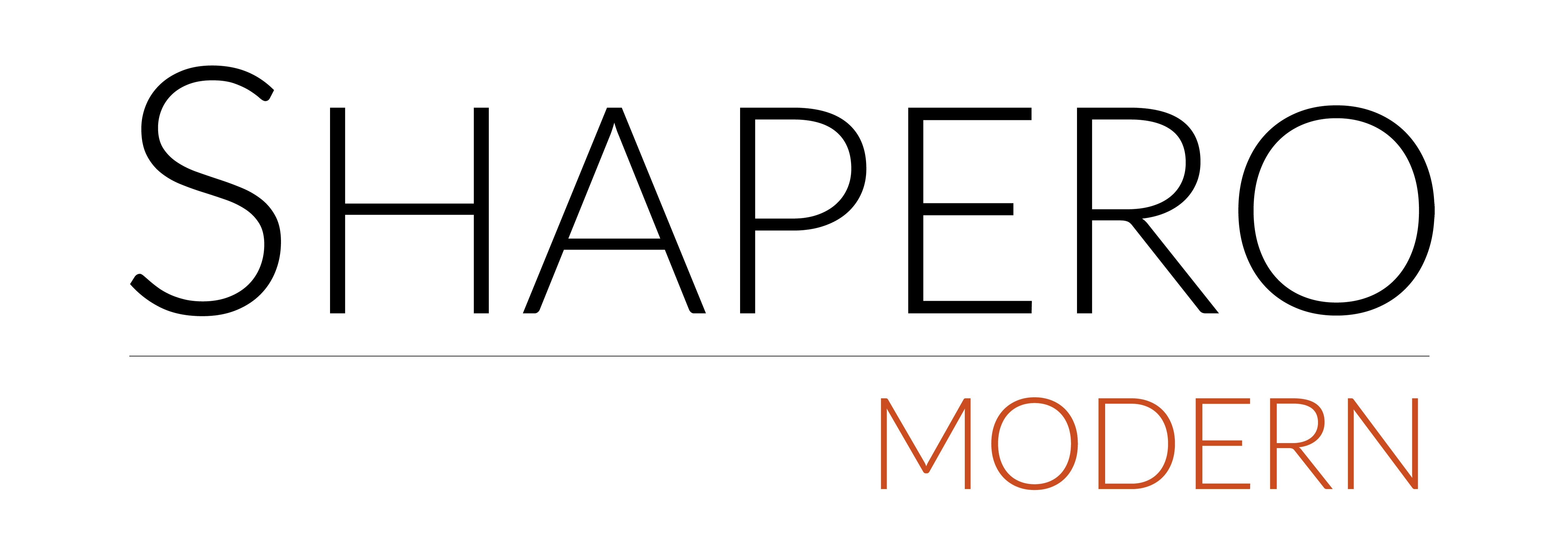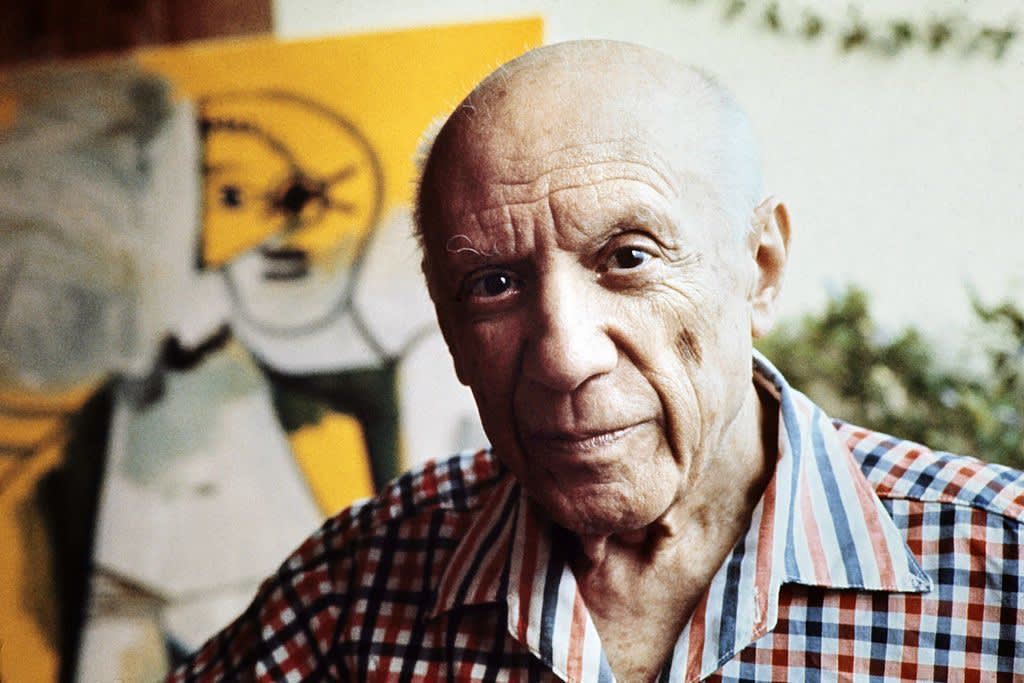Born in Malaga in 1881, Picasso began his artistic career in the port city of A Coruña in Northern Spain where his family moved when he was just 10 years old. This epic move from the very South to the North West tip of Spain came about when Picasso’s father José Ruiz y Blasco accepted a teaching position in A Coruña. A drawing teacher and artist himself, Blasco taught at the Escuela de Bella Artes and it was here that he began to teach the young Picasso too.
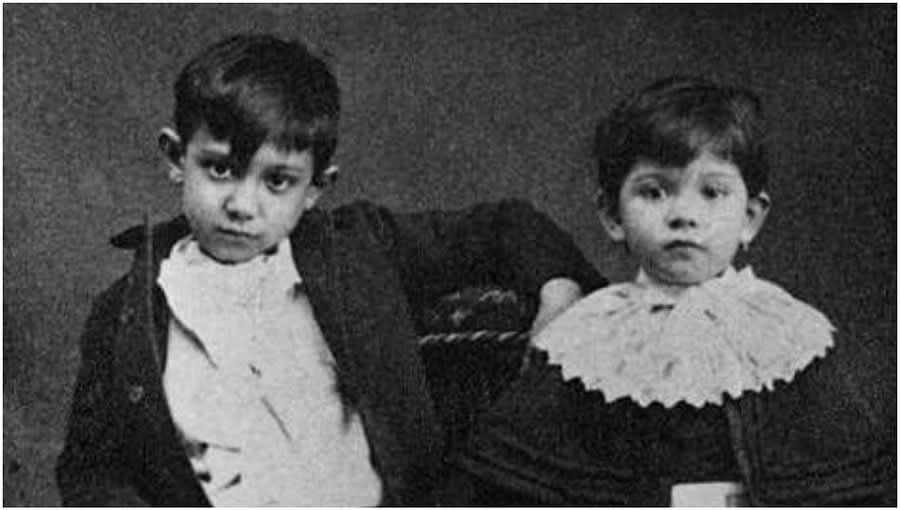
Photograph of Pablo and Lola Picasso, 1889
In these early years of Picasso’s life, his style was more formal, following that of his father who specialised in classical drawing. Artworks like Picasso’s ‘The Girl with Bare Feet’ (1895) highlight just how dedicated Picasso was to the traditional, formal style of portraiture at this stage in his tuition. Picasso thrived at the Escuela de Bella Artes under Blasco’s guidance, and his father began to focus all of his attentions on Picasso’s progress as an artist, permitting his son to experiment with different drawing techniques beyond the academy. Provided with models by his father, Picasso had his first exhibition at just 13 years old, foreshadowing the success that he would find throughout his life.

Pablo Picasso, The Girl with Bare Feet, 1895, Oil on canvas.
In 1895, the Picasso family re-located one final time to Barcelona so that Blasco could take up his last teaching role. Having enrolled at La Llotja Academy of Arts, Picasso had his first major success with the work entitled ‘Science and Charity’ (1897) which received an honourable mention in the Madrid Fine Arts exhibition of that year. At first glance, ‘Science and Charity’ as well as the two other works in the series (‘The Sick Woman’ and ‘Last Moments’) could be mistaken for Dutch Old Master paintings due to their striking sense of realism and formal composition, indicative of the formal training Picasso received in A Coruña and Barcelona.

Pablo Picasso, Science and Charity, 1897, Oil on canvas.
In 1898, whilst recovering from a severe illness, Picasso moved to live with his friend and fellow artist Manuel Pallarès in a small town outside Barcelona called Horta de Ebro. Whilst living with Pallarès Picasso not only regained his strength but also to learned the Catalan language and got to know the region: ‘I learned everything I know in the Pallarès’ village’. Despite being painted years after the pair had lived together, Picasso’s portrait of Pallarès highlights a connection between his friend and his Cubist style.
On his return to Barcelona in 1899, Picasso cut ties with the Academy all together. Despite his early years spent admiring the works of the Spanish Masters such as Goya, Velázquez and El Greco, he decided to pursue an artistic career without the overbearing pressures and styles of the Academy. Now able to speak fluent Catalan, he could often be found in the Els Gats Café alongside fellow artists such as Carles Casagemas, Josep Cardona, discussing and experimenting with new techniques, most significantly printmaking.
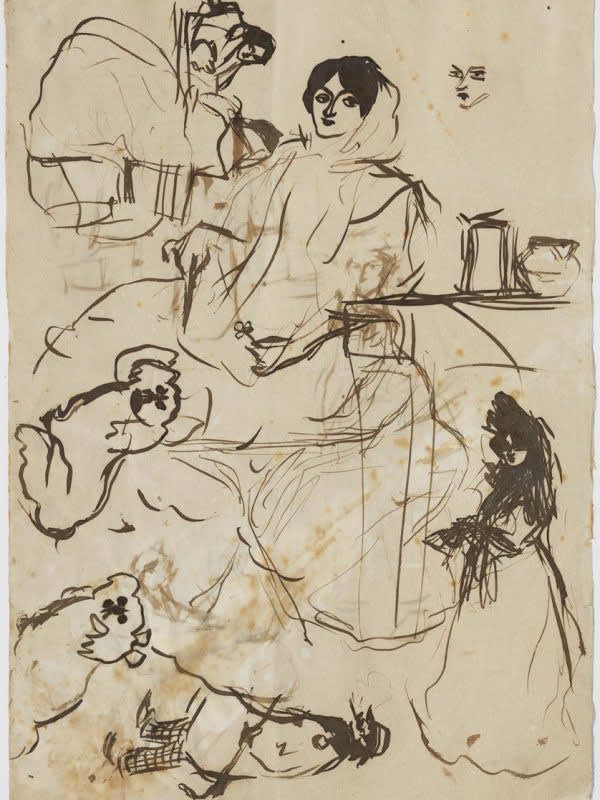
Pablo Picasso, Study for the Menu for Quatre Gats, 1900, pen and ink on paper.
CURRENT EXHIBITION
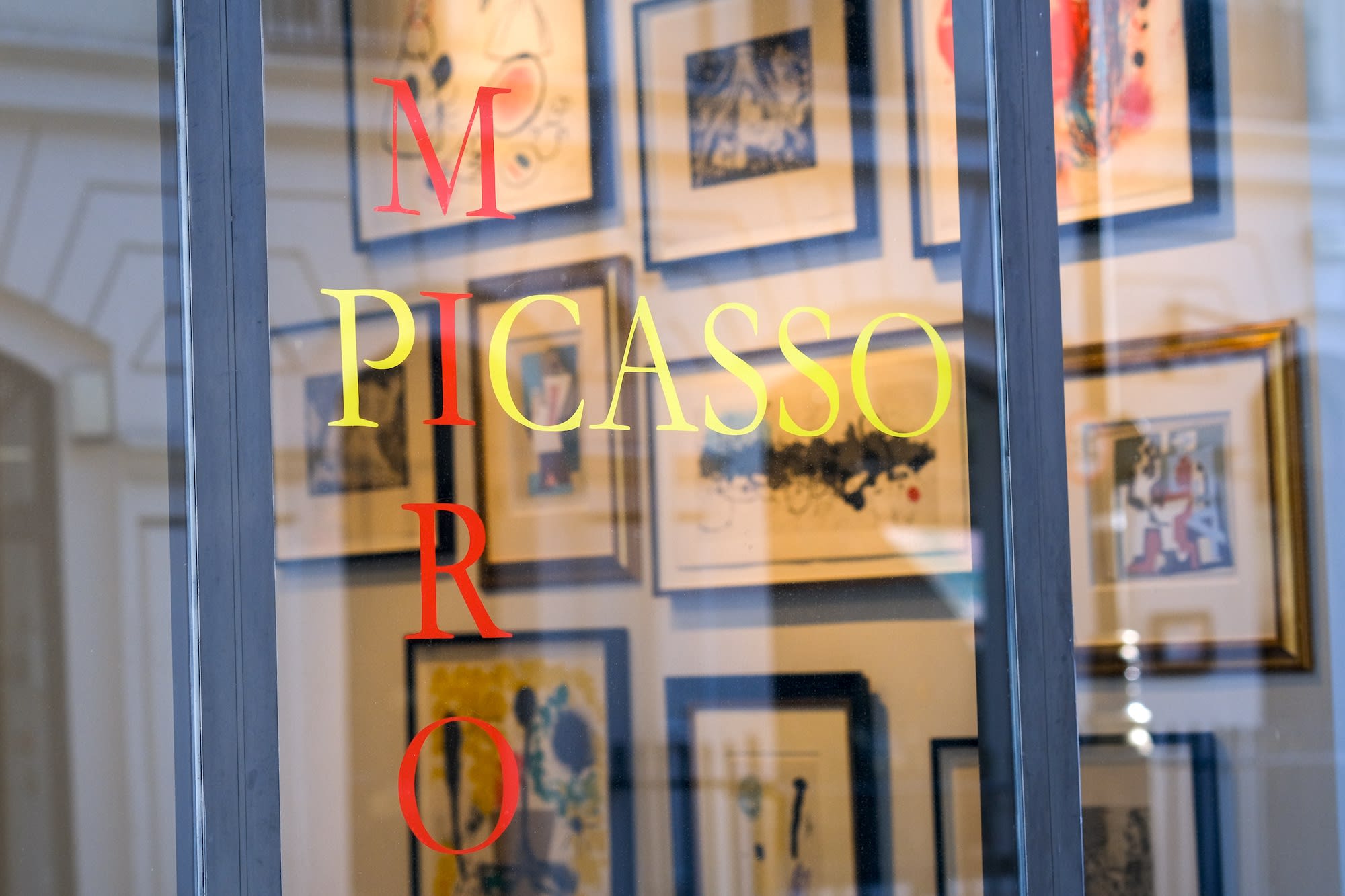
Our new exhibition explores the lifelong friendship between Pablo Picasso and Joan Miró, ‘Modern Masters: Picasso & Miró’. These two Catalan artists, although very different in their approach to printmaking, both revolutionised the medium, expanding its possibilities and breaking its constraints.
Shapero Modern specialises in Modern & Contemporary prints, multiples and works on paper, with a particular focus on American 20th-century art all of which are available to buy from our website as well as our gallery on Maddox Street in Mayfair.
The gallery runs a programme of selling exhibitions from both primary and secondary market artists, with six exhibitions per year, including collaborations with contemporary living artists as well as masters of 20th-century post-war editions including Frank Stella, Andy Warhol, Roy Lichtenstein, David Hockney, Claes Oldenburg, Alex Katz, Pablo Picasso and Joan Miró.
Shapero Modern exhibits at major international Art Fairs worldwide, including TEFAF Maastricht, Frieze Masters, Masterpiece London, Art Miami, the IFPDA Fine Art Print Fair and the London Original Print Fair at Somerset House. Meantime, Tabitha and her team are on hand at Shapero Modern’s Mayfair gallery in the heart of London to advise on all aspects of the art market and collecting.
